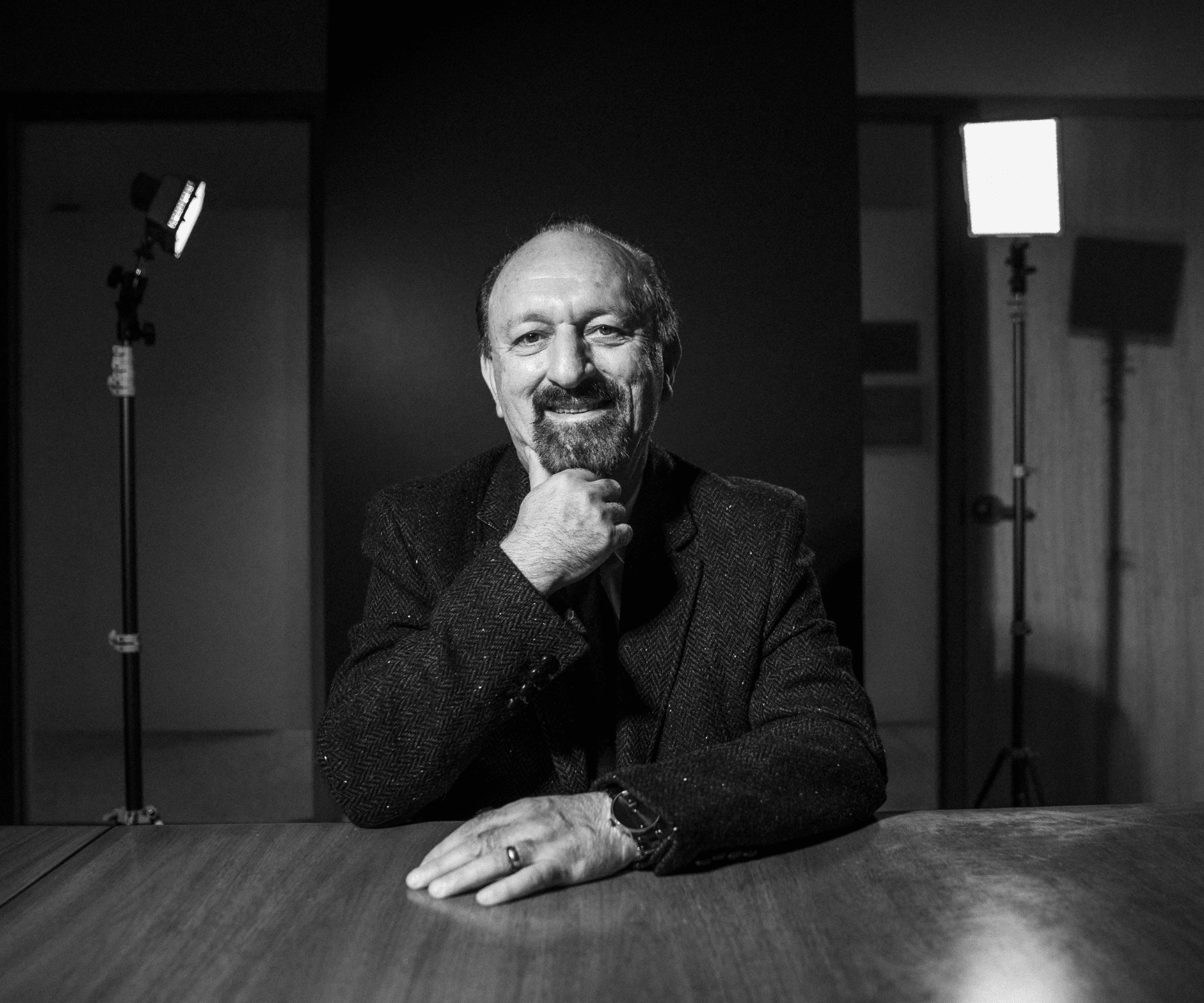It's essential to recognize the power of communication in improving patient outcomes, especially for breast cancer patients. Understanding their diagnosis, treatment options, and care plan is crucial for survival and quality of life. However, many patients, particularly those from underrepresented communities, face significant barriers to accessing and comprehending critical health information. Professor Levent Dumenci from Temple University’s Department of Epidemiology and Biostatistics is tackling this challenge with his groundbreaking work in cancer health literacy.
Dr. Dumenci’s Cancer Health Literacy Test (CHLT-30), is the first tool designed to measure patients' ability to understand cancer-related information, offering clinicians a direct method to assess health literacy.
The CHLT-30 consists of 30 questions about cancer treatment, medication side effects, and general health care. By identifying patients with limited health literacy, this tool allows clinicians to tailor their communication in ways that empower patients to make informed decisions about their care. This is especially important for breast cancer patients, who must often navigate complex treatment options like surgery, chemotherapy, and radiation. As Dr. Dumenci emphasizes, "Health literacy isn't just knowledge—it's about skills, confidence, and communication."
Health Literacy and Breast Cancer Disparities
One of the most significant contributions of Dr. Dumenci’s research is its focus on disparities in health literacy. His studies reveal that 18% of cancer patients have limited health literacy, with low-income, and undereducated patients most at risk. These patients are less likely to understand their treatment plans, which compromises their care. For example, some patients mistakenly believe that taking more medication than prescribed will make them better faster, or they may struggle to navigate the hospital.
This communication gap can lead to poor treatment adherence and ultimately poorer outcomes. For breast cancer patients, especially those with limited education or language barriers, it can mean the difference between life and death.
Integrating CHLT-30 for Health Measurement Education at CPH
Dr. Dumenci incorporates the CHLT-30 instruments into his teaching at the College of Public Health to provide a comprehensive understanding of health measurement. In his Behavior Measurement class, he uses these tools to demonstrate how to develop reliable and valid instruments for assessing health behaviors or outcomes. In his Structural Equation Modeling (SEM) class, he teaches students how to validate these instruments using statistical methods like SEM, ensuring they accurately measure the intended health constructs. This approach equips students with skills in both the development and validation of health-related tools.
The CHLT-6: A Quick Solution
Dr. Dumenci’s work also produced a shorter version of the tool—the CHLT-6—which can be administered to identify persons with limited cancer health literacy accurately and scored within a few minutes. This quick test helps identify patients who need extra support in understanding their diagnosis and treatment. For busy oncology clinics and pharmacies, the CHLT-6 is an invaluable resource that allows doctors to provide tailored explanations before a patient even steps into the exam room.
Looking Ahead
Dr. Dumenci’s research is a testament to the growing recognition that health literacy is a crucial component of cancer care. Tools like the CHLT-30 and CHLT-6 are helping to bridge the gap between medical professionals and patients, ensuring that everyone—regardless of their background—can make informed decisions about their health.
Health literacy is as essential as any medical treatment when it comes to empowering patients in their fight against cancer. Equipping individuals with the knowledge and skills to understand their care plays a critical role in improving outcomes and supporting them throughout their journey.

